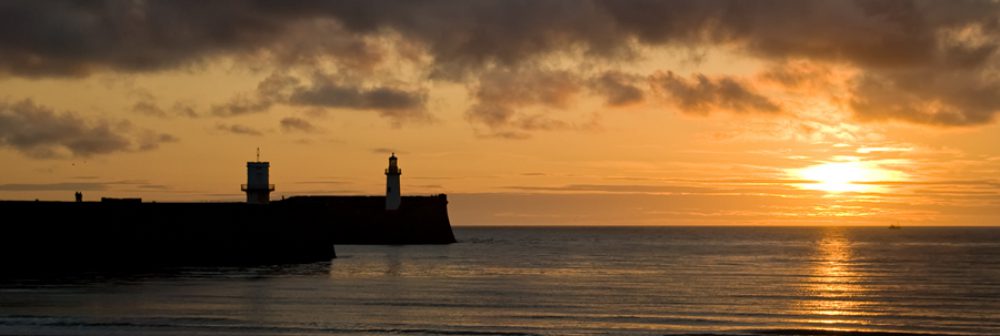I’m ploughing on with the outline of book no.4 and once again trying to think of new and interesting names for my characters. Some of them are already decided, drawn through from the previous books, but others keep changing as I change my mind. ‘Find and Replace’ is very handy at times like this.
Up to now I’ve chosen names in keeping with the Cumbrian west coast locations where the stories are set. I’ve found names on local gravestones, in newspapers of the periods and from people I know. But in the new book times are changing. More cars and greater social mobility have begun to break down the very tight communities and more incomers are around from other areas of the country.
Names do seem to mean a lot round here. They can be a source of jokes and teasing, or shortened to nicknames that stick longer than the name you were born with, some complimentary, some not. Some names, if you’re very unlucky, are truly unfortunate and you wonder what the parents who chose them were thinking of. I taught a girl in school once whose family name was Dyck. To compound the difficulty, the poor girl was named Coral. And the boy from the Hunt family who was called Michael, shortened to Mike….. he had a terrible time.
Dickens has some stunning names, long, memorable and eccentric. I wish I had the courage to follow suit. Maybe what I could do is give one character a name that somehow defines how people treat him and how he responds, which in turn will show the reader something about him.
For names of places, I’m struggling with the same dilemma I’ve faced before, as does every writer of ‘localised’ fiction. Do I use the names of real towns and villages and risk mistakes in geography and history, or do like Hardy and Dorset, describing known places but giving them new names, thus avoiding any need to be absolutely accurate in both time and place? In ‘A Good Liar’ I anonymised one of the communities – where I live myself – but presented others exactly as they were, with their proper names. It was awkward in some respects: I’ve had to deny readers’ requests for a map, for example because the mix of fact and fiction would be too confusing. In other respects, however, getting away from naming real places is liberating. You no longer have to worry about potential insult to the place and its inhabitants, and the need for detailed research fades a little.
The added problem I’m facing now is that there are bad deeds done by some in the story. When nice people populate a named place, that’s fine, but when the people are vicious, identifying the community is less welcome to present-day readers from the same area.
Don’t have to make final decisions yet, and I have a meeting with my editor shortly to discuss the rapidly expanding outline and the pros and cons of the options ahead. In the meantime, I’m trying to be a little more creative with naming my characters, and take as much care with that as I do with their appearance, habits and approach to life. I want to make my characters real ‘characters’.
